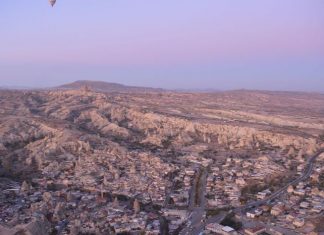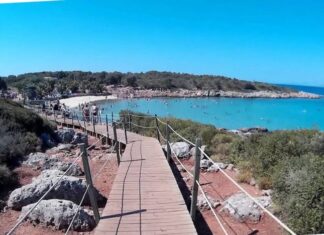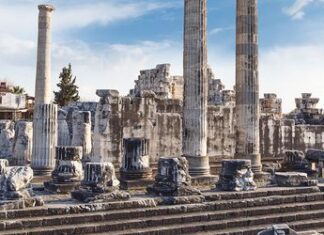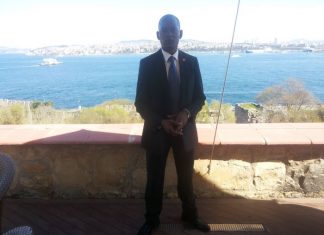Home Blog
The Journey to Delphi
Routes to Delphi
Traveling to Delphi in ancient times was not an easy task. From Thebes, one could go westward on a difficult journey that...
Demosthenes Life and Death
Early Life and Career
Demosthenes was the son of a wealthy furniture-dealer in Athens. Born into privilege, he received a good education and later became...
Socrates Life and Trial
Early Life and Background
Socrates was born in Athens in 469 B.C. His father was a sculptor, and Socrates himself also learned this craft. For...
Black Sea Coast Bulgarian
History, Nature, and Culture
The Black Sea coast Bulgarian region is one of the most attractive parts of the country. Stretching for more than 350...
Bulgarian Settlements
Traces of History and Culture
The story of Bulgarian settlements is closely linked to the history, culture, and geography of the country. Bulgaria, located at...
Bulgarian Civilization Values
A Cultural Legacy
The history of the Balkans is full of rich traditions, deep cultural roots, and powerful civilizations. Among them, Bulgaria holds a special...
A Royal Rejection
Princess Xenia’s Insult to King Alexander
King Alexander and Queen Draga would surely feel deep embarrassment if Prince Mirko were selected as the future heir...
Strong Ties Between Montenegro and Russia
Two of Prince Mirko’s sisters were raised and educated under the care of the Dowager Empress of Russia, and both later married into the...
Political Intrigue and the Question of Succession in Serbia
In recent years, conspiracies surrounding the Serbian royal family have become more frequent. A major reason for this is Queen Draga’s failure to produce...
Suspicious Behavior from the Guide
The brigands who kidnapped Miss Ellen M. Stone and Mrs. Tsilka appeared to have a friendly relationship with George Toderoff, the guide hired to...











